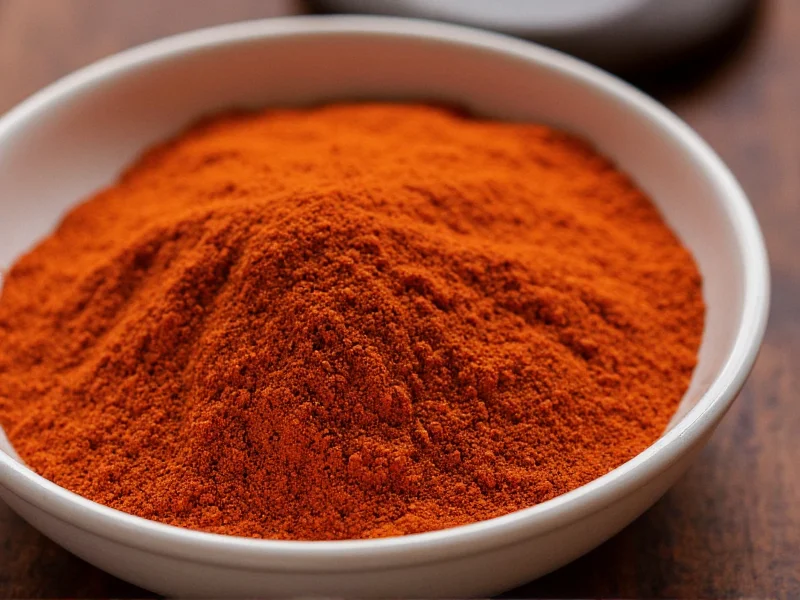Tarragon, frequently misspelled as “taragon,” is a culinary herb celebrated for its unique flavor profile that elevates numerous dishes. Understanding the difference between French and Russian varieties is crucial for home cooks and professional chefs alike. This comprehensive guide explores tarragon’s characteristics, culinary applications, and proper usage techniques to help you maximize its potential in your kitchen.
What Exactly Is Tarragon?
Tarragon (Artemisia dracunculus) belongs to the sunflower family and features slender, pointed leaves with a distinctive aroma. The common misspelling “taragon” appears frequently in search queries, but the correct spelling contains double “r”. This perennial herb grows up to three feet tall and thrives in well-drained soil with ample sunlight. Two primary varieties exist for culinary use, each with different flavor intensities and growing characteristics.
French vs Russian Tarragon: Key Differences
| Characteristic | French Tarragon | Russian Tarragon |
|---|---|---|
| Flavor Intensity | Strong, complex anise-like flavor | Milder, less distinctive taste |
| Leaf Shape | Narrower, smoother leaves | Broader, rougher leaves |
| Growth Habit | Sterile, must be propagated by division | Produces seeds, easier to grow |
| Culinary Value | Preferred by chefs for superior flavor | Less desirable for serious cooking |
| Hardiness | Less cold tolerant | More cold resistant |
Understanding Tarragon's Flavor Profile
Tarragon delivers a complex flavor profile featuring notes of anise, licorice, and subtle peppery undertones. The essential oil estragole (methyl chavicol) primarily contributes to its distinctive taste. When evaluating tarragon for culinary use, consider these flavor characteristics:
- Fresh French tarragon offers the most intense aromatic experience
- Dried tarragon loses significant flavor complexity compared to fresh
- The herb’s flavor intensifies when combined with fats like butter or oil
- Heat diminishes tarragon’s delicate flavor, making late addition crucial
- Acidic ingredients like vinegar or lemon juice complement tarragon well
Top Culinary Applications for Tarragon
Chefs prize tarragon for its ability to enhance specific dishes without overwhelming them. When exploring what is tarragon spice used for, consider these classic applications:
Signature Sauces and Dressings
Tarragon forms the backbone of several classic French sauces. Béarnaise sauce, one of the mother sauces of French cuisine, relies on tarragon for its distinctive flavor alongside chervil and parsley. Tarragon vinegar, created by steeping fresh sprigs in white wine vinegar, serves as the foundation for many salad dressings and marinades. The herb also features prominently in remoulade and tartar sauces.
Poultry and Seafood Pairings
When considering tarragon in chicken recipes, the herb’s subtle anise notes complement poultry exceptionally well. Try incorporating fresh tarragon into:
- Chicken salad with tarragon-infused mayonnaise
- Roast chicken stuffing with lemon and tarragon
- Pan sauces for seared chicken breasts
- Grilled fish with tarragon butter
- Seafood salads with tarragon vinaigrette
Using Fresh vs Dried Tarragon
Understanding how to use fresh tarragon versus its dried counterpart significantly impacts your dishes. Fresh tarragon provides superior flavor with more nuanced aromatic compounds. When substituting dried for fresh, use one-third the amount since drying concentrates certain compounds while diminishing others. Always add fresh tarragon near the end of cooking to preserve its volatile oils, while dried tarragon benefits from earlier addition to allow rehydration.
Effective Tarragon Substitutes
When you need a tarragon substitute in recipes, several options can approximate its flavor profile depending on availability. For French tarragon replacement, consider:
- Chervil (milder anise flavor, often used in fines herbes)
- Basil (provides similar sweet notes with different profile)
- Dill (offers comparable freshness with different flavor)
- Anise seeds (use sparingly for the licorice note)
- Fennel fronds (mild anise flavor, good for garnish)
Remember that no substitute perfectly replicates tarragon’s unique profile, so adjust quantities based on your taste preferences. For dishes where tarragon serves as the primary flavor (like béarnaise), substitutes work best as complements rather than direct replacements.
Proper Storage Techniques
Maximizing tarragon’s shelf life requires proper storage methods. To keep fresh tarragon vibrant:
- Wrap stems in slightly damp paper towels and store in airtight container
- Place upright in glass with water like cut flowers, covering loosely with bag
- Freeze whole sprigs in olive oil for cooking applications
- Dry tarragon away from direct sunlight for longest flavor retention
- Avoid refrigerating near ethylene-producing fruits that accelerate spoilage
Growing Your Own Tarragon
For those interested in growing tarragon herb, French tarragon presents some challenges as it rarely produces viable seeds. The most reliable propagation method involves root division in spring or fall. Plant in well-draining soil with full sun exposure, spacing plants 18-24 inches apart. Water moderately, allowing soil to dry slightly between waterings. Harvest by cutting stems just above leaf nodes to encourage bushier growth. Remember that French tarragon typically remains productive for 3-4 years before requiring replacement.
Conclusion
Tarragon’s distinctive flavor makes it an invaluable herb for thoughtful cooking. Whether you’re exploring tarragon in béarnaise sauce or experimenting with tarragon in chicken recipes, understanding its proper usage elevates your culinary creations. By selecting the right variety, using appropriate quantities, and adding it at the optimal time, you’ll harness tarragon’s full potential to create sophisticated, flavorful dishes that showcase this remarkable herb’s unique characteristics.











 浙公网安备
33010002000092号
浙公网安备
33010002000092号 浙B2-20120091-4
浙B2-20120091-4